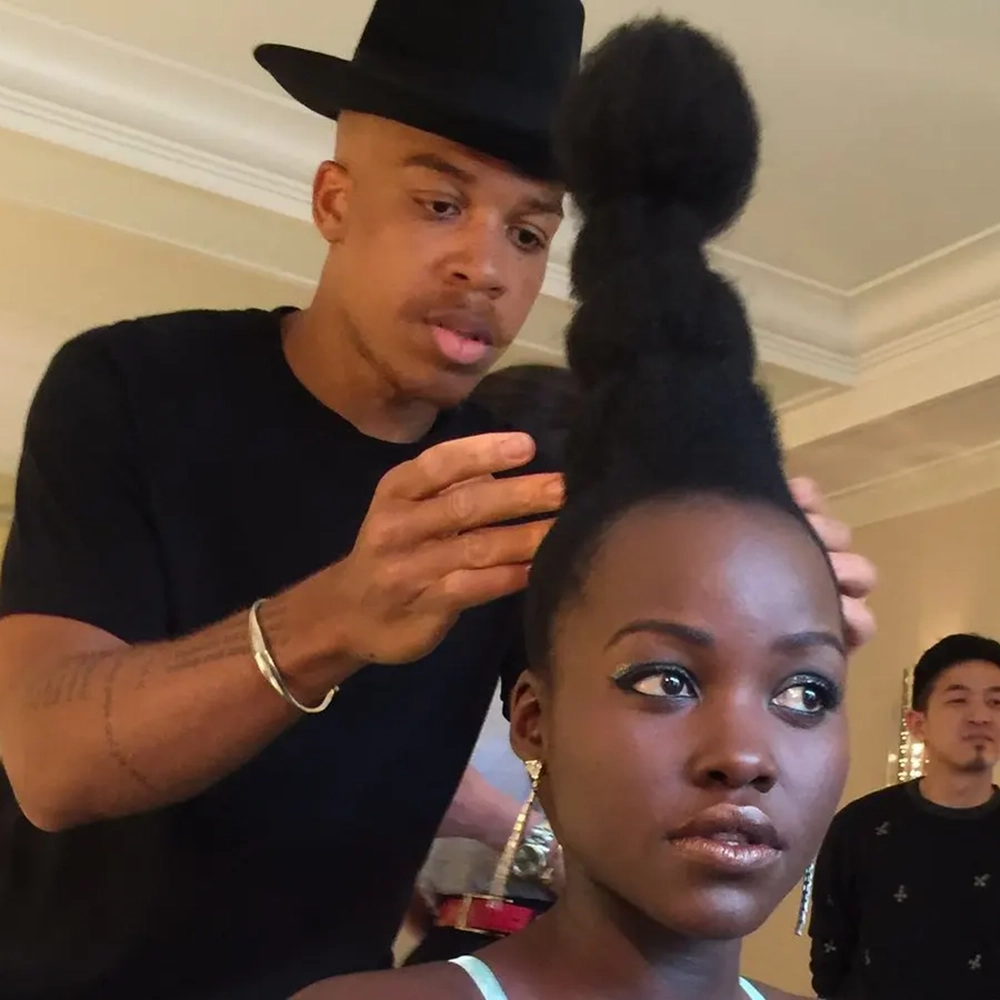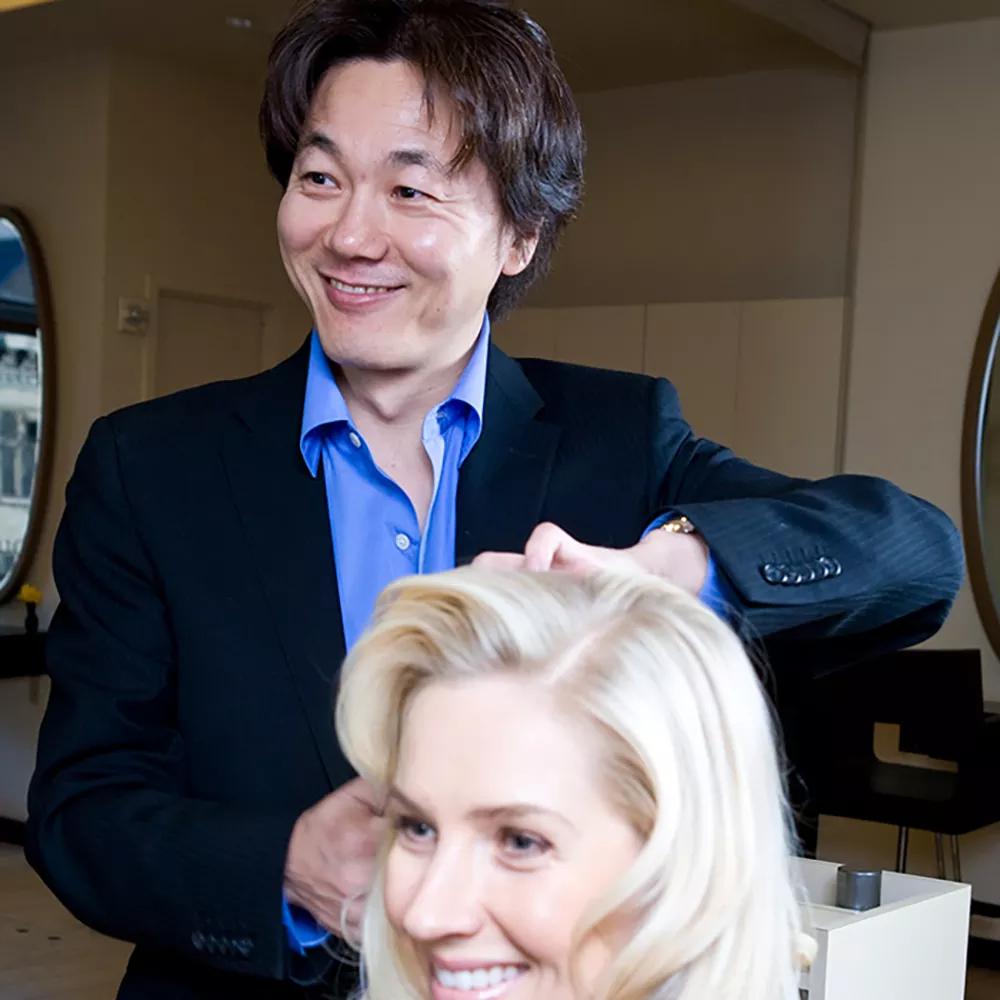Difference Between Hair Stylists And Hair Artists
The Difference Between Hair Stylists And Hair Artists
When it comes to hair professionals, there are two terms that often get used interchangeably: Hair Stylists and Hair Artists. While both of these professionals work with hair and create stunning hairstyles, there are some key differences between them.
Firstly, let’s talk about Hair Stylists. A Hair Stylist is someone who is trained and skilled in cutting, coloring, and styling hair. They can give you a trendy haircut or create a beautiful updo for a special occasion. Hair Stylists focus mainly on the technical aspects of hairdressing and are experts at providing client-pleasing results. They have a deep understanding of different hair types and can recommend the best hairstyles and haircuts based on individual preferences and facial features.
On the other hand, a Hair Artist takes hairstyling to a whole new level. They are true masters of creativity and treat hair as their canvas. Hair Artists use their imagination and artistic skills to create unique and avant-garde hairstyles that push the boundaries of traditional hairdressing. They are constantly experimenting with new techniques, colors, and textures to bring their artistic vision to life. Hair Artists often work in the world of fashion and entertainment, where they create show-stopping hairstyles for runway shows, photoshoots, and red carpet events.
In summary, while both Hair Stylists and Hair Artists work with hair, they differ in their approach and expertise. Hair Stylists focus on providing excellent haircuts and hairstyles that suit their clients’ needs, while Hair Artists channel their creativity and artistic skills into creating innovative and extraordinary hairstyles. Whether you prefer a classic, polished look or a bold and experimental style, both Hair Stylists and Hair Artists play important roles in the world of hairdressing and can help you achieve the perfect look.
Skills Required To Become A Hair Stylist
Becoming a hair stylist is not just about learning different haircutting techniques and creating beautiful hairstyles. It requires a wide range of skills and qualities to succeed in this competitive industry. From technical expertise to exceptional communication skills, let’s delve into the essential skills that every aspiring hair stylist should possess.
Technical Skills:
First and foremost, a hair stylist must have a strong foundation in technical skills. This includes knowledge of various haircutting techniques, hair coloring methods, and hair treatments. Being able to execute precise cuts, create flattering hairstyles, and apply different hair coloring techniques are some of the key technical skills a hair stylist should possess. Additionally, staying up to date with the latest trends and techniques is crucial in providing clients with the best possible services.
Creativity and Artistic Vision:
A hair stylist needs to have a keen eye for detail and a strong sense of creativity. Transforming a client’s vision into a reality requires an artistic vision and the ability to think outside the box. Combining different techniques, experimenting with colors, and creating unique hairstyles that suit each individual client’s personality and features are all part of a hair stylist’s artistic skill set. Having a creative mindset allows a hair stylist to continuously innovate and keep up with the ever-evolving world of hairstyling.
Interpersonal and Communication Skills:
Being a hair stylist involves constant interaction with clients, making excellent interpersonal and communication skills essential. Building rapport and establishing a connection with clients is vital to understanding their desires and expectations. A hair stylist should be able to actively listen to clients, ask pertinent questions, and provide professional advice based on their expertise. Clear communication ensures that both the stylist and the client are on the same page, resulting in a satisfactory end result.
| Must-Have Skills | Summary |
|---|---|
| Technical Skills | Knowledge of haircutting techniques, coloring methods, and treatments. |
| Creativity and Artistic Vision | Ability to think creatively, experiment with styles, and create unique hairstyles. |
| Interpersonal and Communication Skills | Building rapport, active listening, and clear communication with clients. |
While these are some of the key skills required to become a successful hair stylist, it is important to remember that continuous learning and development are also essential. Keeping up with industry trends, attending workshops and seminars, and seeking feedback from clients and colleagues can further enhance a hair stylist’s skills and expertise.
Whether you aspire to work in a salon, runway shows, or even start your own business, mastering these skills will provide a solid foundation for a rewarding career as a hair stylist. So, if you have the passion and dedication, embark on this exciting journey and let your skills shine!
Techniques Used By Hair Artists To Create Unique Hairstyles
When it comes to creating unique hairstyles, hair artists utilize a variety of techniques to bring their imaginative designs to life. These techniques enable them to transform ordinary haircuts into works of art that reflect the individuality and personality of their clients.
One common technique used by hair artists is the art of layering. Layering involves cutting the hair at different lengths, which creates depth and texture, resulting in a multidimensional look. This technique is particularly effective for clients with thick or voluminous hair, as it helps to reduce bulk and add movement.
Another technique frequently used by hair artists is texturizing. This involves using various tools and products to add texture and dimension to the hair. Texturizing techniques can include thinning shears, razors, or even special texturizing sprays. By incorporating texture, hair artists are able to create hairstyles with unique shapes and volumes that are tailored to the client’s preferences.
- Layering: Hair artists use this technique to create depth and texture in unique hairstyles, especially for clients with thick or voluminous hair.
- Texturizing: Hair artists utilize various tools and products to add texture and dimension to the hair, resulting in personalized hairstyles with unique shapes and volumes.
| Technique | Description |
|---|---|
| Layering | Cutting the hair at different lengths to create depth and texture |
| Texturizing | Utilizing tools and products to add texture and dimension to the hair |
Aside from layering and texturizing, hair artists also employ various coloring techniques to further enhance their unique hairstyles. Balayage, for example, is a popular coloring technique where hair artists paint strands of hair by hand to create natural-looking highlights and lowlights. This technique adds depth and dimension to the hair, resulting in a personalized and multidimensional look.
In addition to coloring techniques, hair artists also utilize styling techniques to complete their unique hairstyles. These can include techniques such as curling, straightening, braiding, or even creating intricate updos. By combining various styling techniques with their creativity, hair artists are able to produce hairstyles that are truly one-of-a-kind.
In conclusion, hair artists employ a range of techniques, including layering, texturizing, coloring, and styling, to create unique hairstyles that cater to the individuality of their clients. Through their skillful execution of these techniques, hair artists are able to transform ordinary haircuts into extraordinary works of art that make a statement and enhance the beauty of their clients.




































